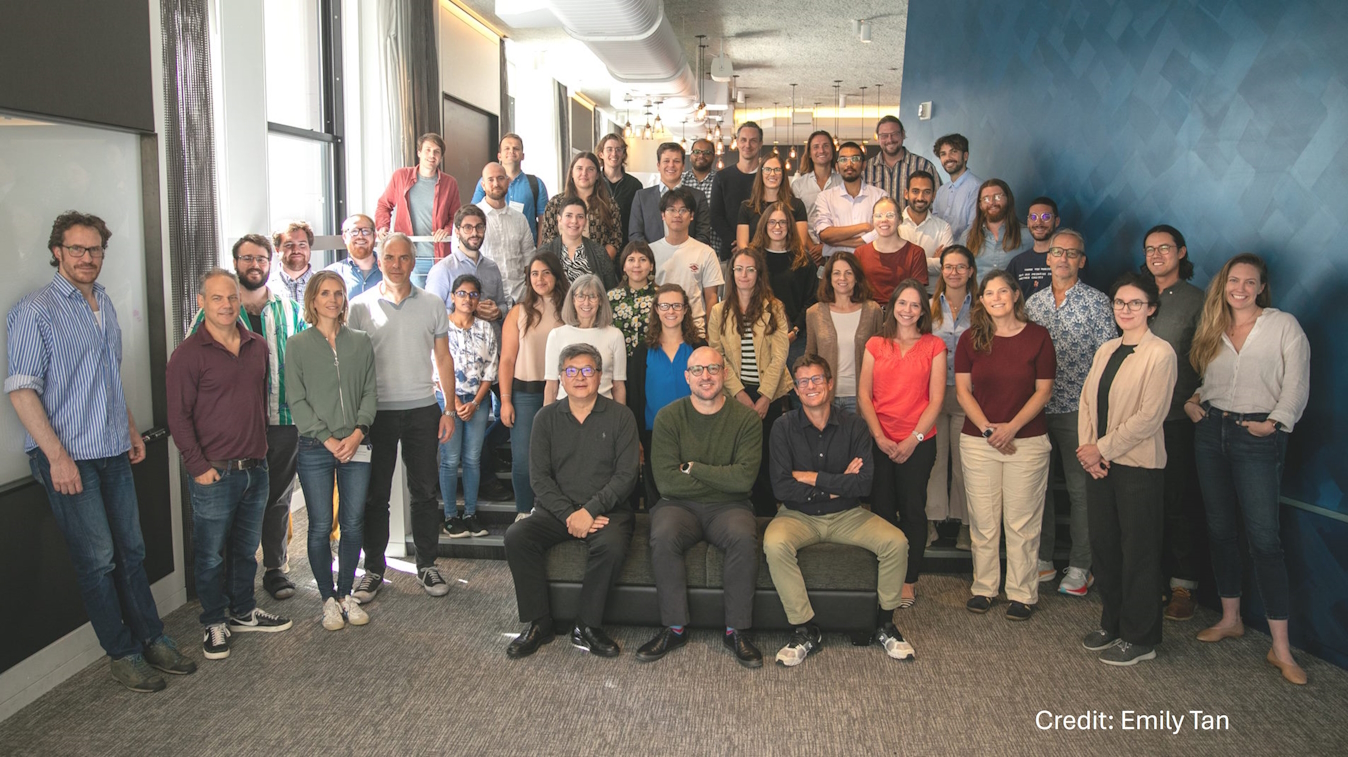Our goal at Simons Collaboration on Principles of Microbial Ecosystems (PriME) is to develop a quantitative synthesis of microbial ecology.
Our unique combination of expertise and innovative experimental platforms has allowed us to study the assembly of microbial ecosystems directly at the microscale as a function of the interplay between physiology and physical processes.

In spring 2017, we initiated our Simons Collaboration on Principles of Microbial Ecosystems (PriME) with the goal of developing a quantitative synthesis of microbial ecology – a crucial step toward gaining a predictive understanding of Earth’s microbiomes. Building such a synthesis required to build a highly interdisciplinary team and to integrate quantitative modeling with the development of new experimental systems and tools. These were designed to enable the identification of the main processes governing the assembly and functioning of microbial communities.
We undertook this ambitious goal primarily within the context of the microbial communities that drive the carbon cycle in the ocean. These communities degrade and consume organic matter produced by phytoplankton, either directly in dissolved form or after this organic matter has transformed into marine snow particles that sink into the deep ocean. Individual phytoplankton and marine particles act as microscopic hotspots that create intense, localized microbial activity in an otherwise resource-poor environment, similar to watering holes for animals in arid climates. The collective metabolism of microbial communities utilizing these hotspots converts organic matter into biomass, CO2 and dissolved waste products. These outputs are then subject to the physical and chemical processes occurring at larger scales (e.g., diffusion, hydrodynamic mixing and sinking), connecting micro-scale biological and biophysical dynamics to the ocean-scale carbon cycle. Despite their global relevance, our understanding of the processes governing the assembly and function of these hotspot-associated microbial communities remains limited. Improving our mechanistic understanding of these processes will allow us to quantitatively predict microbial function and the overall ecosystem-level impact of these processes.
PriME has made great progress towards developing a quantitative synthesis of these important microbial ecosystems.
We have identified simple assembly rules that allow us to predict the composition of microbial communities, as well as key microbial interactions that modulate the rates of organic matter degradation. We have discovered new feedback loops between the physics of flow and the physiology of microbes, emergent forms of collective behavior in bacteria, and unexpected behavioral responses to pervasive molecules such as polysaccharides, among many other fundamental findings.
Several of these studies have been and continue to be published in the best interdisciplinary and disciplinary journals. Furthermore, a key strength of PriME is the ability to integrate our findings in micro-scale ecology into global scale models of carbon transport in the water column, a holy grail in the field that has long escaped progress and on which we have recently made important first strides.

